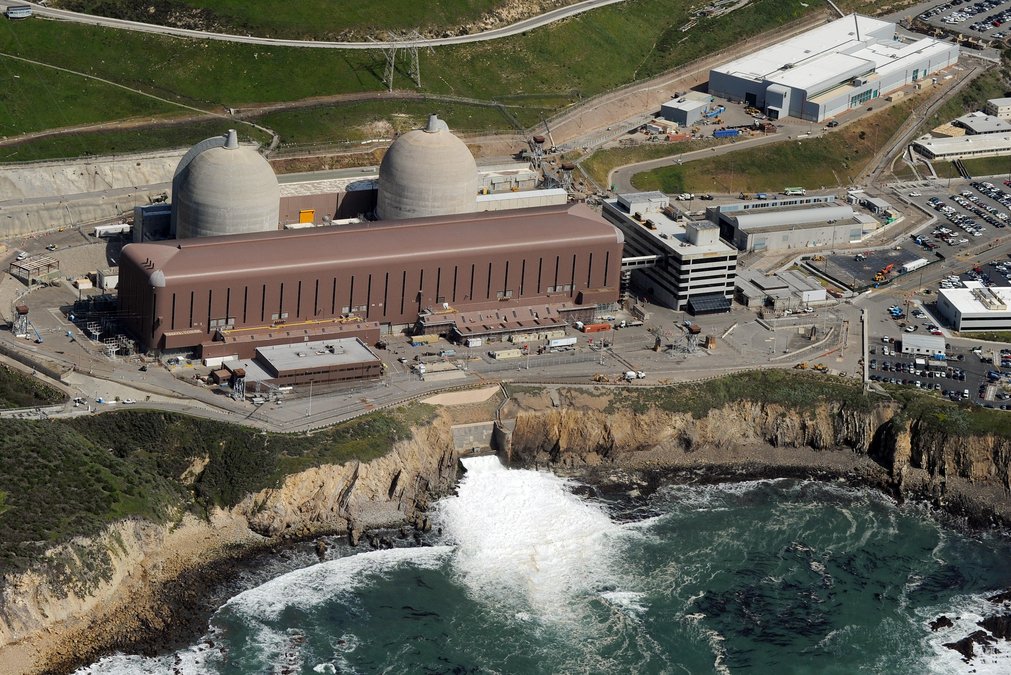There is a third PG&E rate hike in the works.
It is in addition to the $13.8 billion hike the California Public Utilities Commission granted the utility last month.
And it is on top of a rate increase request of $2 billion PG&E wants to go into effect this coming March on an “interim basis” while the CPUC goes through the regulatory process to make it permanent.
The rate request filed on Oct. 13 doesn’t directly raise rates — at least not for now.
What it will cost a PG&E customer won’t be revealed until a filing is made sometime in 2024.
What it does is seek permission to keep the Diablo Canyon Employee Retention program in place.
The previous employee retention program expired on Aug. 31 of this year.
PG&E said the need to extend — basically re-impose — the rate charge to keep the retention program is based on the need to continue to safely and reliably operating California’s last remaining nuclear power plant.
Diablo Canyon produces 10 percent of the state’s electricity supplies.
But given it is all used within its own system, it produces a whopping 49 percent of the electricity PG&E delivers to its 16 million customers including in Manteca, Ripon, and Lathrop according to a corporate press release on March 20, 2023.
The nuclear power plant’s operating licenses were due to expire in 2024 and 2025.
Governor Gavin Newsom signed Senate Bill 846 bill into law in September 2022.
That extended the plant’s operations into 2030.
The move was needed because the state’s aggressive green power mandate that excludes nuclear generation even though it is not fossil fuel based, has failed to generate electricity between solar, wind, and geothermal sources to cover growing demand let alone replace the 10 percent of the state’s electric load that Diablo Canyon contributes.
PG&E is proposing an employee retention program that is projected to cost $407 million to be collected over a seven-year period from 2025 to 2031. It could cost between $17.5 million and $59.6 million.
It will effectively nullify a relatively small rate drop that has popped up in monthly billings. It also could mean a modestly higher replacement rate to factor on inflation and such.
The rate has nothing to do with covering the cost of extending the life of the nuclear power plants that are requiring a loan — government or otherwise — that will need to be paid back. PG&E said 85% of the previously approved November increase was to improve safety in its gas and electric operations.
The for-profit utility indicated typical bills will increase by about $32.50 next year, followed by a $4.50 increase in 2025 before decreasing by $8 per month in 2026.
Ironically, the CPUC immediately after granting the last rate hike posted on their website on Nov. 16 essentially bragging they had only granted PG&E $13.5 billion of the $15.4 billion they requested.
The CPUC website makes a point that they saved consumers $1.8 billion.
The latest rate hike request not only “wipes out” the rate hike reduction the CPUC stressed that they made but it is actually $200 million more.
PG&E is pursuing a moonshot proposal to underground at least 10 percent of the utility’s 27,000 miles of above ground wires to reduce the company’s exposure to wildfire losses.
Experts have indicated PG&E will need to jack up rates significantly for such work that is expected to cost billions and billions of dollars.
PG&E wants to underground upwards of 1,000 miles a year. That is a major leap from current efforts to bury 70 miles on an annual basis.
PG&E was forced into bankruptcy for a second time after the largest wildfire its equipment has been blamed for starting killed 85 people and destroyed more than 20,000 strictures, most of which were homes of their customers, in and around Paradise.
PG&E pled guilty to 85 counts of manslaughter. The firm has 5 million customers with more than 16 million people depending upon their services.
The CPUC allows PG&E and other for-profit utilities to have a return — basically a profit — that accounts for at least nearly 11 percent of every dollar they collect from customers for transmission and distribution as well as the cost of electricity and gas that is consumed.
That means 11 percent of the already approved $13.8 billion rate hike and 11 percent of the rate hike proposed this will essentially provide PG&E with a more robust profit by adding $1.6 billion to their bottom line.
To contact Dennis Wyatt, email dwyatt@mantecabulletin.com





